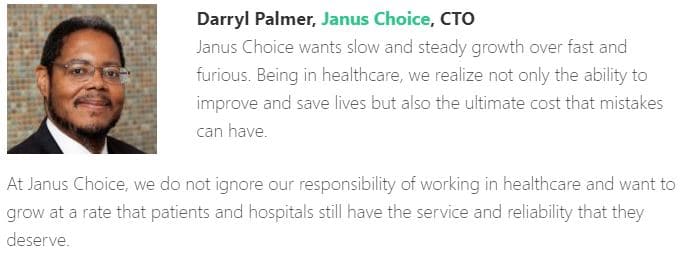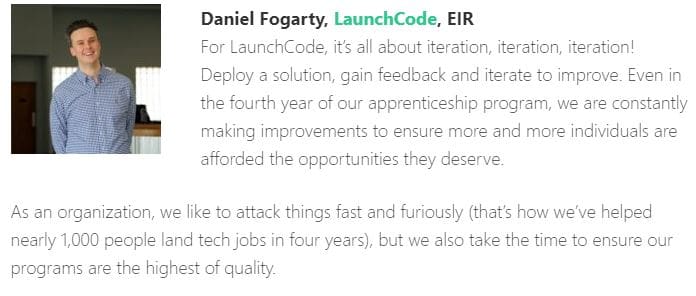
There is considerable debate in the business community as to whether a business should aim to grow and scale as fast as possible or take a slow and steady approach.
Rapid scaling vs slow and steady is a business reinvention of the ‘tortoise versus the hair’ conundrum.
We all know who won in the original story, but what’s the typical business reality, if there is one?
‘It depends’ might seem like a cop-out answer, but it’s the right answer to give.
A key example is product R&D. Rushing a product release is a recipe for disaster, as has been proven many times, not just in business but in filmmaking, video games, writing, music, etc.

Taking a slow and steady approach to product R&D will pay dividends when the end result is actually sellable and meets (or preferably exceeds) expectations. Furthermore, in some industries such as healthcare, avoidable mistakes created by rushing are out of the question.

However, if the demand is there for a totally new product that no one else offers and it’s simply a case of getting it done rolling it out to pre-qualified buyers then speed is of the essence. But even then, compromising quality for speed is a risky business that is worth avoiding at all costs.
Bryan Sapot, CEO at SensorTrx summed this up perfectly:
“You should go slow until you figure out the market and product, once you have repeatable processes it’s time to go fast. Before, I’d implement a product that was not ready, overselling our capabilities which led to unhappy customers” – Bryan Sapot, Entrepreneur Quarterly.
That’s what Dana A. Marshall, CEO of BacterioScan told Entrepreneur Quarterly.
Snowballing small gains into large gains is easier when you know you’re rolling. The only way a business can find this out is by looking at their data – but you’d want to see a sustained period of solid growth, leads, etc, before confirming ‘we’re definitely going in the right direction now’.
Analyzing growth and direction should always be a slow and steady process, but when the results are resoundingly positive, it might be time to step on the gas.
It’s possible for a business to be agile without being fast and furious. Agility is the ability to flex and bend to new circumstances – plunging all resources into fast growth is not necessarily agile.
Resources should follow where opportunities lead – that requires agility and not a monolithic use of resources. For example, if a business is plunging all finance and resources into advertising and marketing to grow awareness around a new product release and a lead comes up that requires the business to begin developing an entirely new product then pivoting from one to the other could be unworkable.

Instead, it’s about optimizing resources for growth. The bigger and more important the project, the more time and consideration it warrants. If something has to be the right first time then slow and steady is the best route, but if it can be re-iterated over and over again once it’s finished then rolling out initial versions quickly is advantageous.

That’s what research overviewed by Business News Daily found.
Specifically, they found that some 70% of researched startups over-estimated or over-anticipated demand. In other words, they assumed that they needed to be bigger, and many assumed wrongly. This would often lead to their untimely demise when slow and steady scaling would have proved an optimum route.
Amir Banifatemi, the founder and MD of K5 Ventures told Business News Daily:
“Only when a startup objectively demonstrates that product-market fit is achieved and a pattern of revenue generation is clearly identified, it makes sense to scale the business model and grow,” – Amir Banifatemi, Business News Weekly.
At the same time, businesses operating in a hyper-competitive, fast-moving space may feel that they have no choice, which is the sentiment of some of the CEOs and founders that discussed this topic with Entrepreneur Quarterly.
Ultimately, it’s often a case of risk and reward. The crucial part is obtaining a truthful, accurate analysis of the risk before deciding to stack the chips.
So, rapid scaling vs slow and steady for business growth? The jury is clearly out.